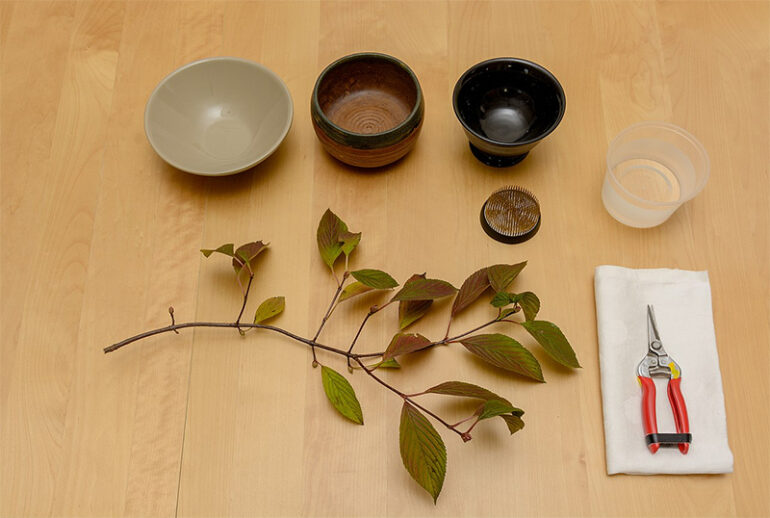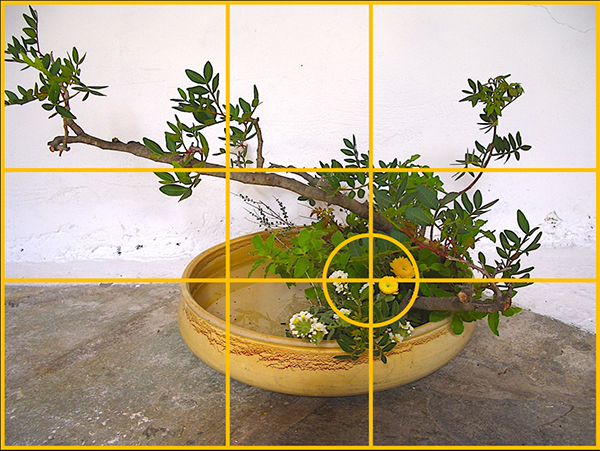Ikebana, the ancient Japanese art of flower arrangement, has a captivating history that dates back to the 6th century. Rooted in Buddhist rituals, this refined art form embodies the principles of harmony, balance, and simplicity. With a profound philosophy that goes beyond aesthetics, Ikebana encourages individuals to appreciate nature’s imperfections and find beauty in asymmetry. Through meticulous techniques and styles, Ikebana practitioners create harmonious compositions that reflect the delicate balance between humanity and the natural world. As it continues to evolve, contemporary Ikebana has gained global recognition, inspiring artists and enthusiasts worldwide to explore the timeless elegance and serenity it brings to our modern lives.
Origins and History of Ikebana
Ikebana, the ancient Japanese art of flower arrangement, has a rich history dating back to the 6th century. Originating from Buddhist rituals, it evolved into a refined art form that embodies the principles of harmony, balance, and simplicity. Ikebana emphasizes the beauty of nature and the connection between humans and their surroundings. Over the centuries, various schools of Ikebana emerged, each with its unique techniques and styles. Today, Ikebana continues to be practiced and appreciated worldwide, captivating enthusiasts with its serene elegance and profound cultural significance.
Principles and Philosophy of Ikebana
Ikebana, the ancient Japanese art of flower arrangement, is rooted in a profound philosophy that extends beyond mere aesthetics. At its core, Ikebana embodies the principles of simplicity, harmony, and balance. Each arrangement is meticulously crafted to evoke a sense of tranquility and mindfulness. The philosophy behind Ikebana emphasizes the importance of embracing nature’s imperfections and finding beauty in asymmetry. By carefully selecting and arranging flowers, branches, and leaves, Ikebana practitioners seek to create a harmonious composition that reflects the delicate balance between humanity and the natural world. This art form encourages individuals to slow down, appreciate the present moment, and cultivate a deeper connection with nature.
Techniques and Styles of Ikebana
Ikebana, the Japanese art of flower arrangement, has evolved over ages into several techniques and styles. A kenzan, a metal pin frog, is used to arrange flowers in a small container in “moribana,” a popular method. This approach lets flowers, branches, and leaves interact dynamically, creating a harmonic arrangement. Another popular form is “nageire,” where flowers are placed in a tall vase without a kenzan for a more natural look. This and other Ikebana techniques demonstrate the art’s painstaking attention to detail and profound aesthetic sensibility.
Contemporary Ikebana and its Global Influence
As Ikebana continues to evolve, it has gained significant recognition and influence on a global scale. With its emphasis on minimalism, balance, and harmony, contemporary Ikebana has captured the attention of artists and enthusiasts worldwide. The art form has transcended cultural boundaries, inspiring individuals from diverse backgrounds to explore the beauty of floral arrangement. Through workshops, exhibitions, and online platforms, Ikebana has become a medium for cultural exchange, fostering a deeper appreciation for nature and the art of arrangement. From bustling metropolises to tranquil gardens, the influence of contemporary Ikebana can be seen in various settings, reminding us of the timeless elegance and serenity it brings to our modern lives.
Ikebana, a Japanese flower arrangement technique, captures nature’s ageless grace and profound philosophical truths. International enthusiasts are drawn to Ikebana’s worldwide impact, careful skills, and rich history. Minimalism, unity, and harmony gently encourage relaxation, gratitude, and a deeper connection with nature. Ikebana’s timeless sagacity and peacefulness comfort us.
Photo Attribution:
1st & featured image by https://commons.wikimedia.org/wiki/Category:Ikebana#/media/File:Ikebana_(17307122235).jpg
2nd image by https://commons.wikimedia.org/wiki/Category:Ikebana#/media/File:Ikebana-Komposition_und_goldener_Schnitt.png

